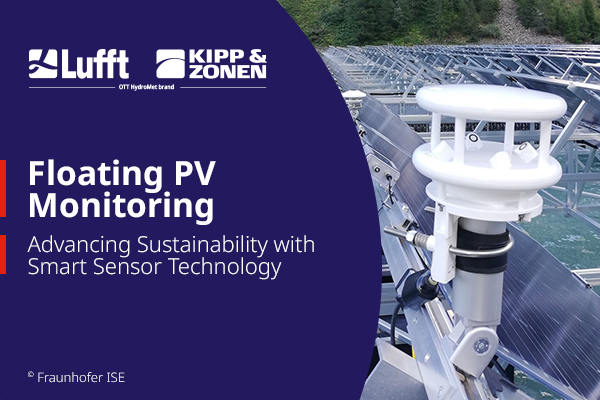Vulcano ash clouds can have a huge influence on the air traffic, as shown in 2010, when an Icelandic volcano brought the European air traffic to a standstill. The following blog post gives some information on this event and explains, which consequences were derived from it…

Photo source: Rainer Albiez, Fotolia
In recently finished DWD (national German Weather Service) and KNMI (Royal Netherlands Meteorological Institute) tenders in order to extend the measurement network, the decision was in favor of Lufft CHM 15k ceilometers. This network expansion could have been triggered by the event in April 2010, when the Icelandic volcano Eyjafjallajökull eruption paralyzed the European air traffic due to security risks. It also caused big losses for the air travel industry of course, because more than 100,000 flights affecting more than 7 Mio passengers had to be cancelled. The local spreading of Eyjafjallajökull’s cloud in April 2010 was one of the biggest events and a major crisis for the European airspace.
The already installed ceilometer network is aligned towards Iceland, as shown in the DWD online Ceilomap using data from already installed cloud height sensors.
Why it’s dangerous to fly through blown up volcano ash is shown by several examples. One of them was the failure of all four engines of a British Airways Boeing 747 in 1982. It was on a flight from London to Auckland, New Zealand, when it flew over the erupting Mount Galunggung, southeast of Jakarta, Indonesia. Luckily the people in the airplane got away unscathed. Another instance was the emergency landing of a five month old KLM Boeing 747 from Amsterdam at Anchorage International Airport, Alaska, in 1989. It was influenced by the active stratovolcano Mount Redoubt in the largely volcanic Aleutian Range in Alaska, spraying its ash into the sky.
Unfortunately the volcano ash influencing airplane engines is still a much unexplored field. Nobody can tell at what concentration and at what height such events can really influence aircrafts. After the Eyjafjallajökull’s eruption, several investigation activities were initiated to find ways to manage such dangerous events.
One of it was the investigation by the Volcanic Ash Advisory Centre (VAAC) in London examining it by considering all measurements from stations all over the continent. Additionally, a research aircraft from the German Aerospace Center (DLR) had to take off to verify the questionable measurements. Also the airlines research was intensified by starting to carry out trial-and-error test flights with a passenger aircraft to gather further data from the field. However the exact conditions of ash density and quantity that causes the failure of aircraft turbines are not established yet.
As another reaction to this incident, the WMO, ICAO (International Civil Aviation Organization) and WOVO (World Organization of Volcano Observatories) had built a task force to put improved emergency measurements for future incidents in place. The idea was to introduce safety level categories during a volcanic eruption. The results were additional instructions for safe flight operations in the event of a volcanic eruption. They also determined recommendations for using ground-based lidars such as the CHM 15k, ground-based radars, airborne sensors and satellite sensors for volcanic ash observation.
The Lufft CHM 15k series is prepared to work throughout the year and in any climate. Due to its double case structure combined with a window blower and an automatic heating system, the ceilometers are not interfered with fog, precipitation, freezing or overheating Volcanic ash sensors. It measures cloud heights, aerosol layers and visibilities up to 15 km apart.
Some CHM 15k sensors were in use during the Eyjafjallajökull eruption event in 2010, for example at the Met Office in London and the DWD site in Germany. The ceilometers in place were able to detect the ash and to issue information about its vertical distribution in the troposphere – but in the form of a delayed evaluation, not in real time. If there had been a denser network of lidar cloud height sensors and an automatic interlinkage and exchange of obtained backscatter profiles, the movement of the ash plume could have been followed in real time and the controversial European air traffic management could have been more effective. Such a real-time monitoring network would also help to overcome the continuing challenge of determining the correct ash concentration during volcano eruptions.
As the existing models are still unsatisfactory, there is a lot more to do in future, for example to introduce international standards for the measurement equipment.
Further related links:
- Meteorological Technology International issue.
- More about CHM 15k.


